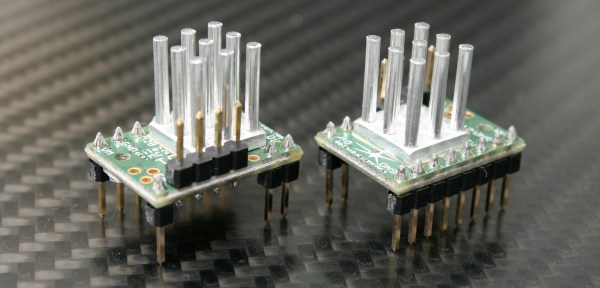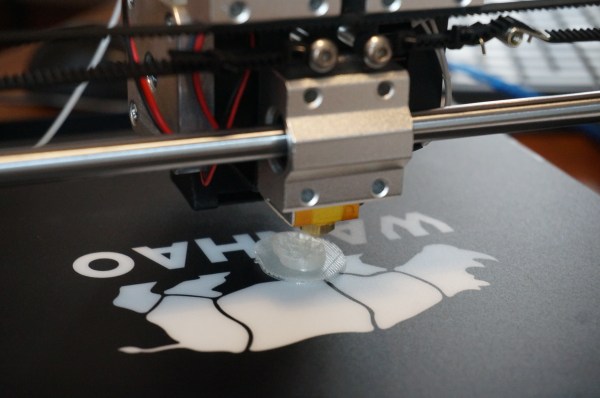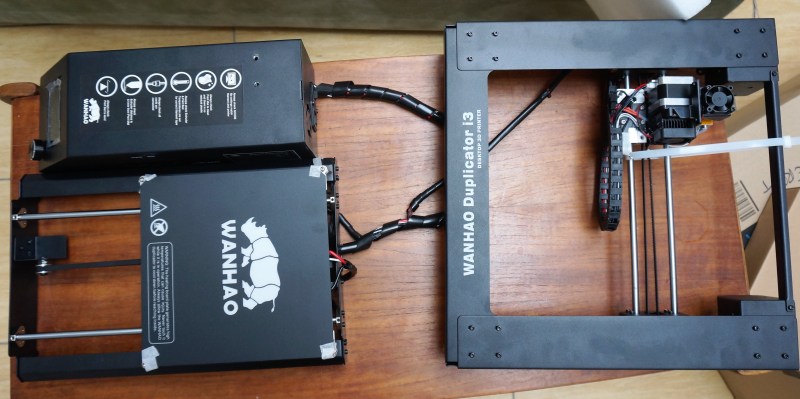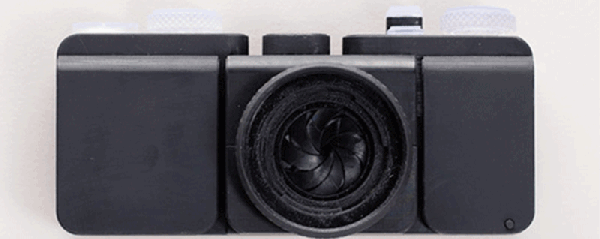Every year, sometime in March, the world’s preeminent 3D printing enthusiasts gather in the middle of nowhere This is MRRF, the Midwest RepRap Festival. It’s only two weeks away. You need to come. Get your (free) tickets here. I’ll be there, and Hackaday is proud to once again sponsor the festival.
I need to backtrack a bit to explain why MRRF is so great. I go to a lot of cons. Maker Faire is getting old, CES was a horror show. Even DEF CON is losing its charm, and all of these cons have the same problem: there are too many people. MRRF does not have this problem. For one weekend a year, everyone who is anyone in the 3D printing world makes it out to the middle of Indiana. This is a small meetup, but that’s what makes it great. It’s a bunch of dorks dorking around for an entire weekend.
If that’s not enough to convince you, take a look at the previous coverage Hackaday has done from MRRF. The PartDaddy, an 18-foot-tall 3D printer will be there. The world’s largest 3D printed trash can will not. Prusa is coming in from Prague, E3D is coming in from England. Judging from past years, this is where the latest advancements in home 3D printing first appear. This is not an event to miss.
You might be wondering why the world’s greatest 3D printer festival is in the middle of nowhere. Goshen, Indiana is the home of SeeMeCNC, builders of the fantastic Rostock Max 3D delta bot. MRRF is hosted by the SeeMeCNC guys. If you’re exceptionally lucky, you’ll get to go over to the shop and see a demo of their milling machine that cools parts by ablation.


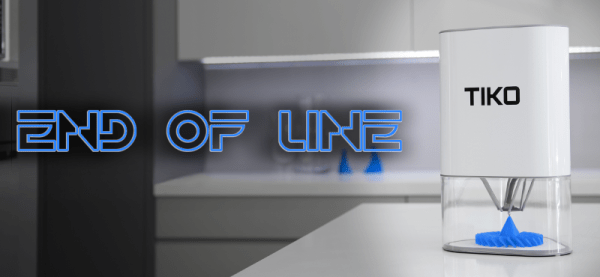
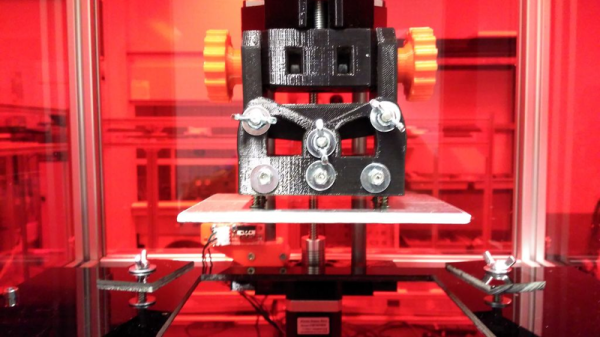
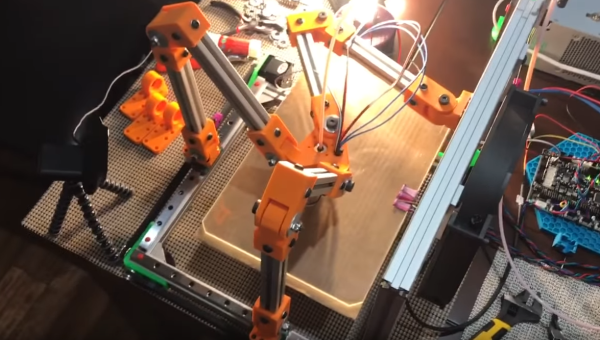
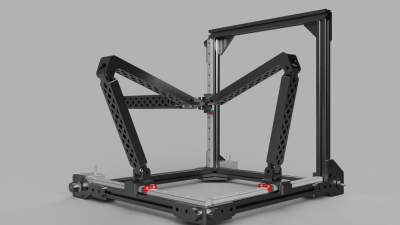 A few people have experimented with tripteron printers over the years, but as far as we can see, no one has ever demonstrated a working model. Enter [Apsu], who showed up about a month ago. He started a post on the RepRap forums discussing his particular design. [Apsu] works fast, as he has now demonstrated a working prototype making prints. Sure they’re just calibration cubes, but this is a huge step forward.
A few people have experimented with tripteron printers over the years, but as far as we can see, no one has ever demonstrated a working model. Enter [Apsu], who showed up about a month ago. He started a post on the RepRap forums discussing his particular design. [Apsu] works fast, as he has now demonstrated a working prototype making prints. Sure they’re just calibration cubes, but this is a huge step forward.